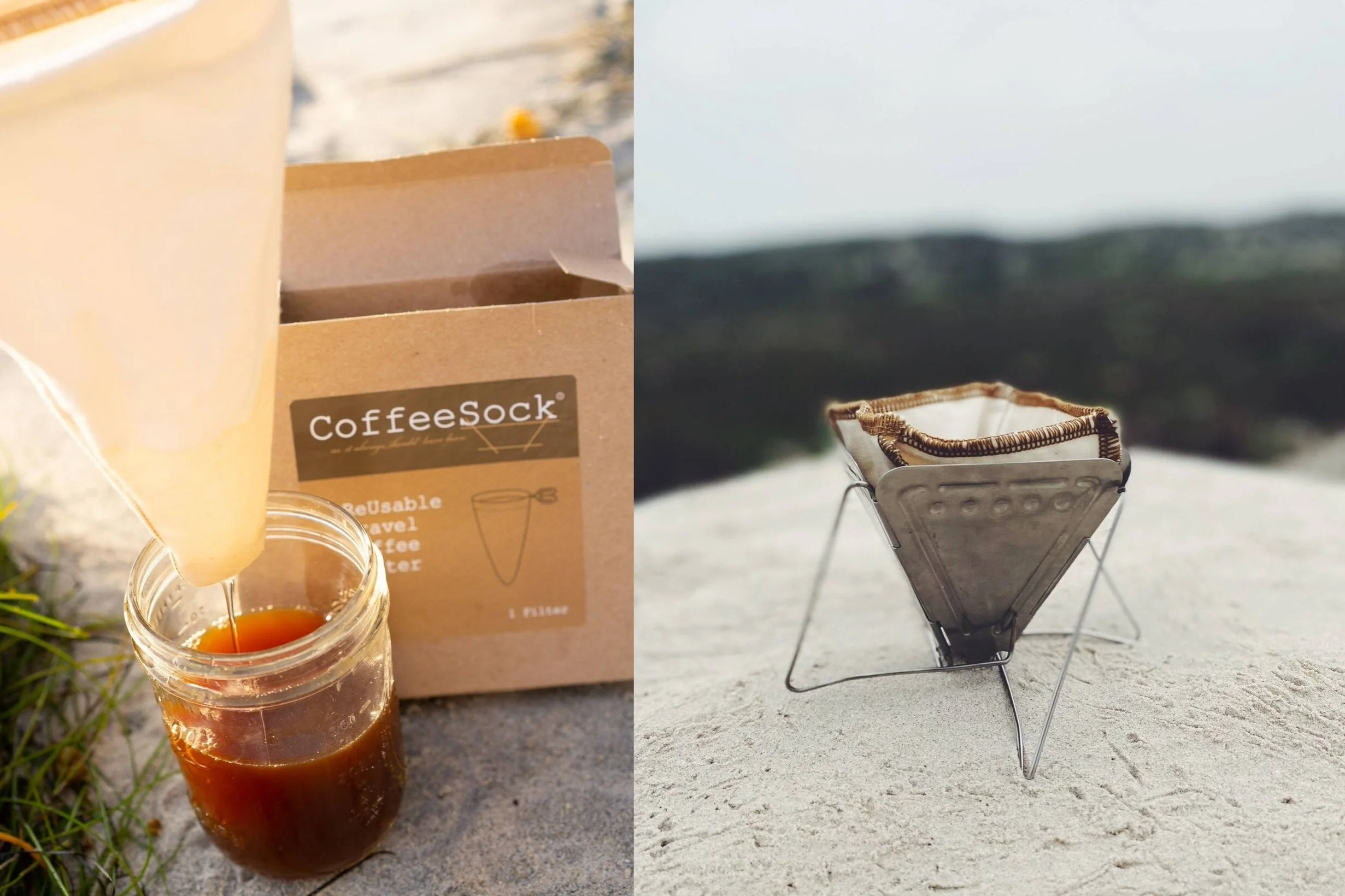Coffee grown in the sun produces more coffee faster, but it’s not great for the life and livelihoods of those who grow coffee, for the environment as a whole, or even for the flavor of the brew.
If you love coffee, you already know that quality beans matter. But did you know that the way the beans are grown matters too?
The coffee plant first grew in forested, shady areas. As farmers began to cultivate and grow coffee to sell, the demands of the market led to more and more sun-grown varieties. Why? Because sun-tolerant plants grow faster, leading to more crop yields. And if you can clear away trees for more land, then you can grow more coffee too. In other words, the sun-grown variety brings short-term profits.
Sun-grown coffee varieties can have their place in a sustainable coffee farming ecosystem, but on their own, they can deplete the land, ruin local ecosystems, and impoverish the farmers that grow them.
Here’s three reasons to choose shade-grown coffee.
Shade-grown coffee preserves local ecosystems
In forested areas, shade-grown coffee means that farms do not need to clear out trees. Instead, the forest canopy that shades the coffee plants, provides habitats for local birds and other wildlife. This is why the Smithsonian’s Migratory Bird Center developed the “Bird Friendly certification” for coffee and cocoa.
According to the organization, “When you purchase Bird Friendly® certified coffee or cocoa, you preserve critical habitat for birds and wildlife, fight climate change, protect biodiversity, and support farmers committed to conserving bird and wildlife habitat by farming sustainably.”
And what is good for the wildlife is good for the local and global environment, maintaining the rainforests, reducing carbon emissions, and preserving the soil.
Tree-filled farms offer additional food and income for farming families
According to Food4Farmers, “Coffee is not enough.” When farms produce only coffee, then they lose income when prices drop and can be devastated by crop failures and diseases. And even those farms that produce certified fair-trade coffee rarely bring in enough income through coffee alone. As a result, coffee farming families can go hungry even as the world demands more coffee.
The trees in and around farms that grow shade-grown coffee provide a wealth of food and income opportunities. With support from organizations such as Food4Farmers, these farms can develop practices such as agroforestry and beekeeping.
Through agroforestry, local communities select and cultivate trees that bring specific benefit to that community, such as fruit trees for more food options, shade trees for the coffee plants, and even trees that can eventually be used for lumber.
As for beekeeping, the practice provides additional food and additional income. And the trees that shade and surround the coffee farm provide an ideal environment.
While coffee itself provides few nesting sites and food for bees, bee diversity and abundance depend on the presence of trees inside or around the coffee farm — demonstrating an additional benefit of shade-grown coffee.
In short, the trees in and around shade-grown coffee farms help ensure the farmers have livelihoods that don’t depend entirely on the coffee market.
Bonus: Shade-grown coffee tastes great
For the environment and the livelihoods of farming families, we’re sold on shade-grown coffee. So, it’s a real bonus that it tastes great too.
Of course, many factors determine the taste of the coffee in your cup, from the roast of the beans to the tools you use to brew. But it all starts with the bean.
Consider these factors of shade-grown coffee:
The coffee is grown in an environment that resembles its natural environment, producing high quality beans.
The soil on a shade-grown farm is likely healthier soil in a more biodiverse environment.
The plants grow slower, producing a fully mature bean.
While there’s no scientific proof that it tastes better in the cup, there’s plenty of proof that shade-grown plants are grown in biodiverse farms using more sustainable practices to produce a high-quality bean.
CoffeeSock supports Food4Farmers through 1% for the planet
Did you know? CoffeeSock is a member of 1% for the Planet. That means that 1% of our sales—and more during certain times of the year—goes to support Food4Farmers and their work at Maya Ixil coffee cooperative, a group of 205 coffee farmers in the northwestern highlands of Guatemala.
Read all about it. We thrive when farmers thrive: Our commitment to the Maya Ixil coffee cooperative.








































